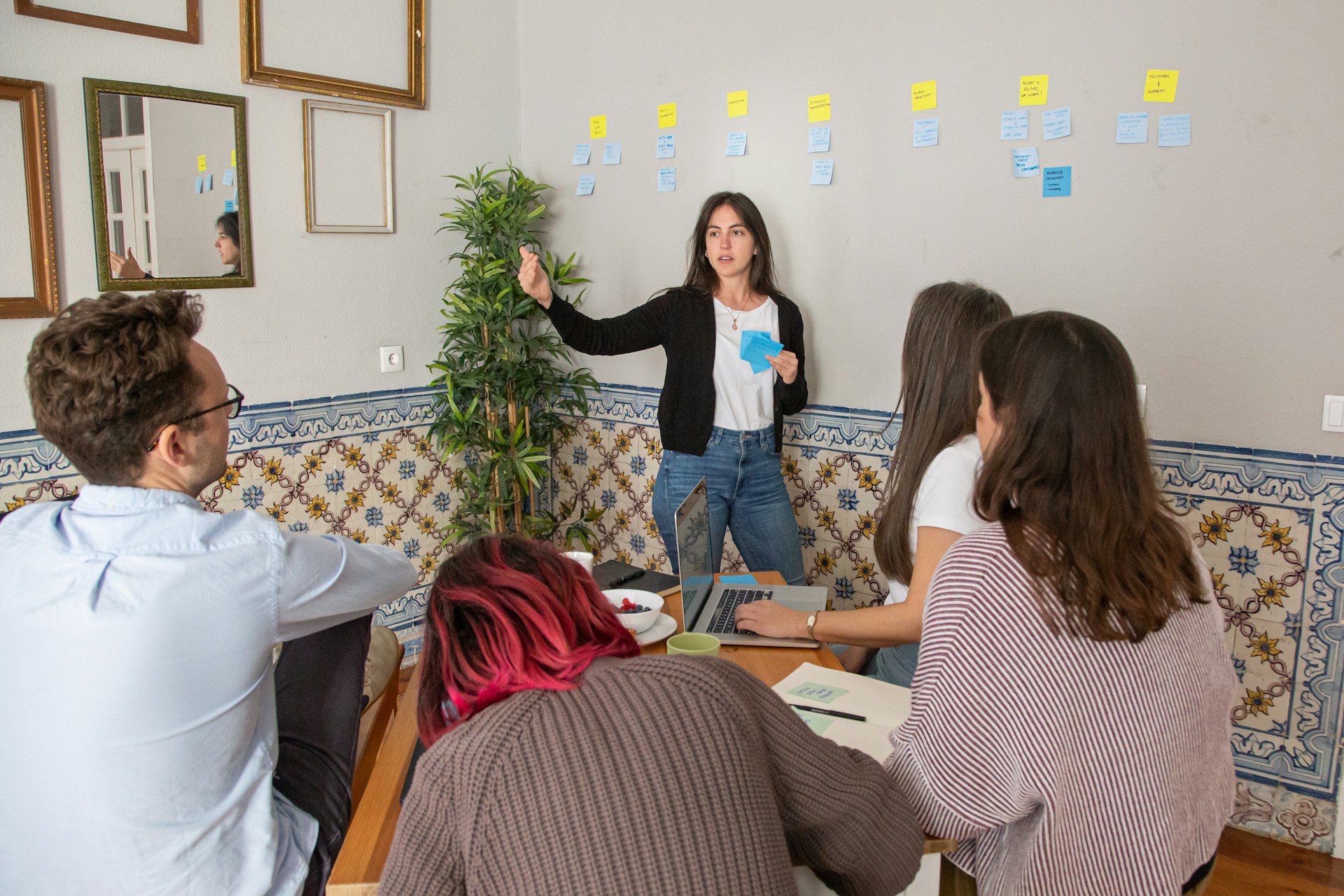Transform people and organisations
Empower all of your people with scalable, measurable digital coaching and drive real business outcomes.




































How we deliver your success

Engage and develop people at every level, unleashing talent potential that delivers real business results.
Strengthen employer brand and become a destination for top-tier talent.
Ensure the success of transformation initiatives, turning strategic plans into lasting business advantage.
Foster collaboration and elevate performance across individuals and the organisation.

Behavioural growth backed by data
Top organisations use data-driven digital coaching to scale change.



Pick the digital coaching solution that fits
A holistic coaching offer powered by leading coaches and advanced AI.
Level up your people development

Coachees select their ideal coach, each certified with 500+ coaching hours and 6+ years of leadership experience.

Coachees connect to 3,500+ coaches, in 80 languages and 90+ countries via our digital platform. Here, our local expertise meets your global teams.

The CoachHub Academy keeps coachees engaged with access to 8,000+ personalised recommended resources. Timely nudges support development at every stage of their growth journey.

CoachHub Insights™ delivers real-time analysis on how coaching impacts company-wide performance. Coachees track personal growth, while organisations monitor progress against business goals.



.webp)

Your partner for lasting change


Access the world’s leading business coaches
Only the top 5% of applicants become CoachHub coaches. Our coaches are certified from top coaching institutions such as ICF and EMCC and bring extensive leadership experience.
We continuously support our coaches through training and a global coach community.
Democratise people development with AI coaching
- AIMY™: The AI coach for the global workforceDeveloped by industry experts, AIMY™ delivers 24/7, personalised coaching at scale. Outcome-driven, measurable and fully adaptable, AIMY™ aligns to individual and organisational goals to amplify business impact.
- AI at our coreBenefit from intelligent matching algorithms, personalised content recommendations and AIMY™. With 25% of our team in R&D, we are dedicated to bringing our innovations to life.
- Industry-defining partnershipsCollaborating with Microsoft, ICF-Charter Chapter Germany e.V and our independent Science Council consistently elevates our AI technology and coaching capabilities.
Industry-defining partnerships
Connect seamlessly with your HR systems for a smooth and secure digital coaching experience.
Safety & data protection
Our platform is programmed entirely in-house using the highest industry standards. This guarantees data protection, absolute privacy and confidentiality.










.svg)


.svg)




![Schneider Electrics [Patrick]](https://cdn.prod.website-files.com/plugins/Basic/assets/placeholder.60f9b1840c.svg)
![Schneider Electrics [Patrick]](https://cdn.prod.website-files.com/681738a014fa50908cbde924/685bbe7344ce3277a225acdd_logo.svg)




.png)




